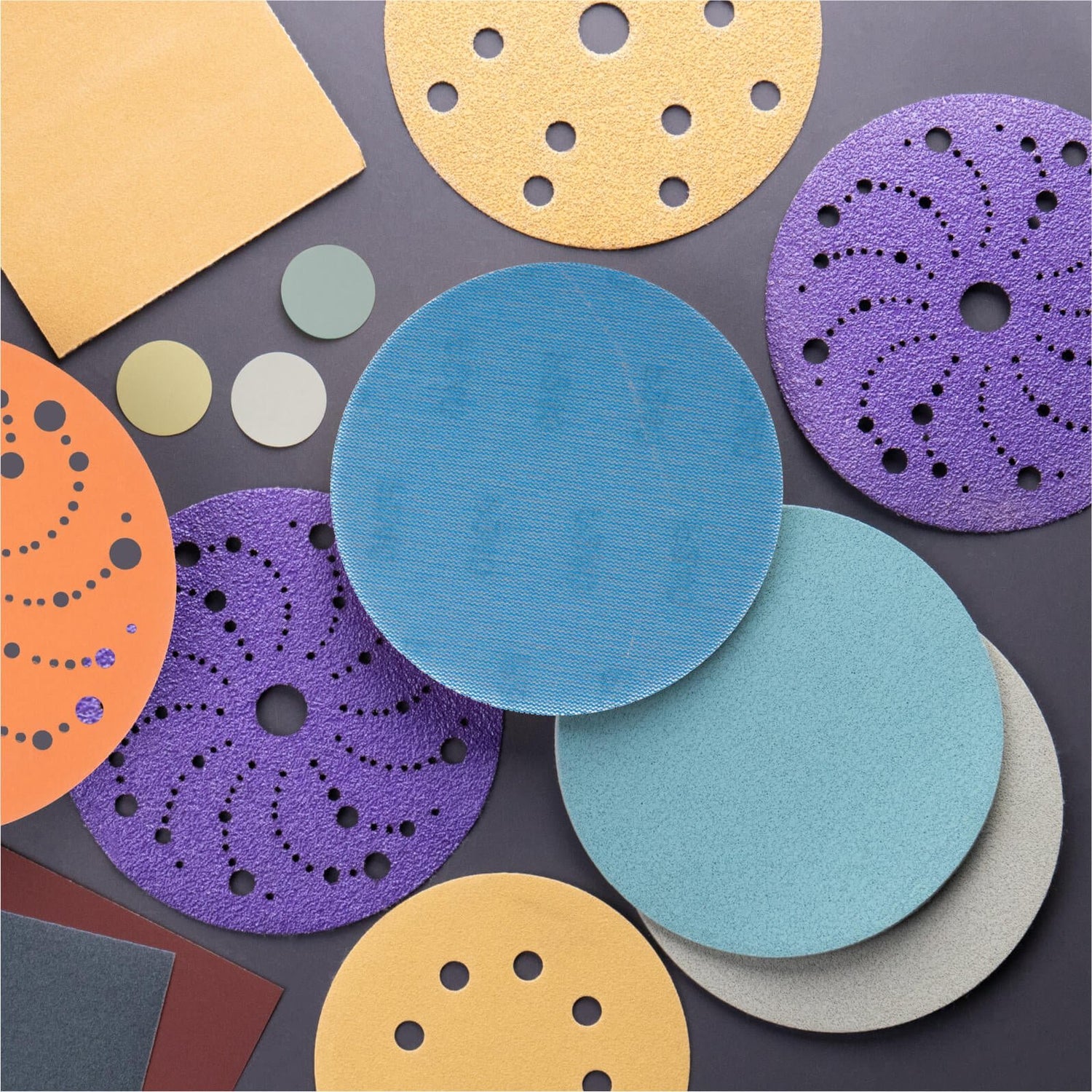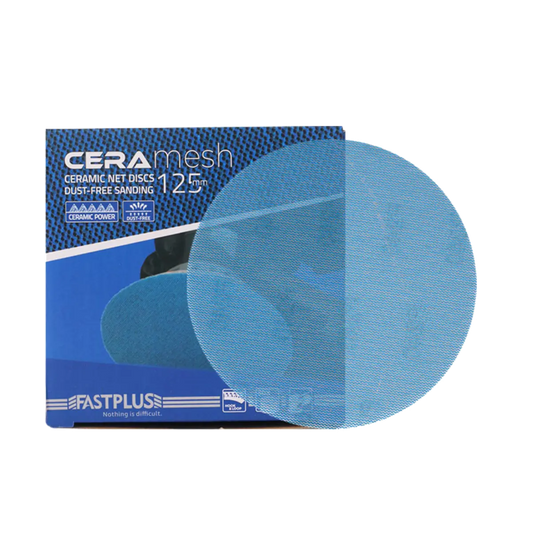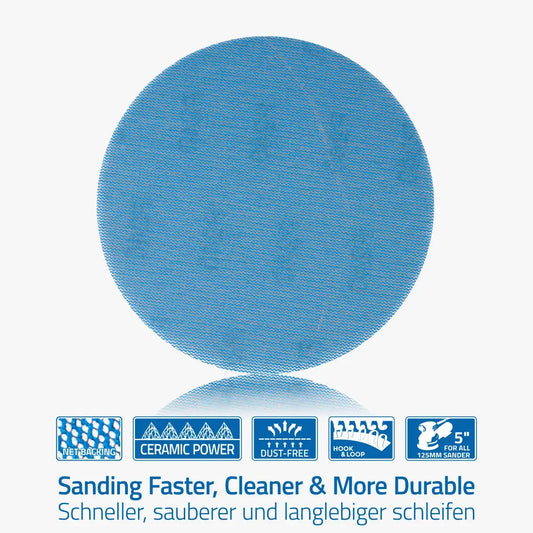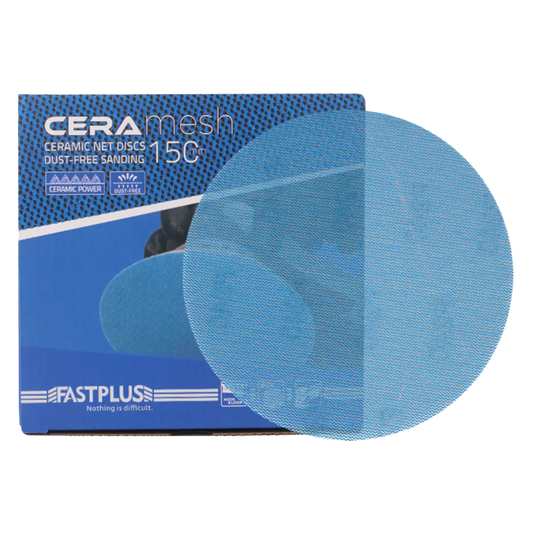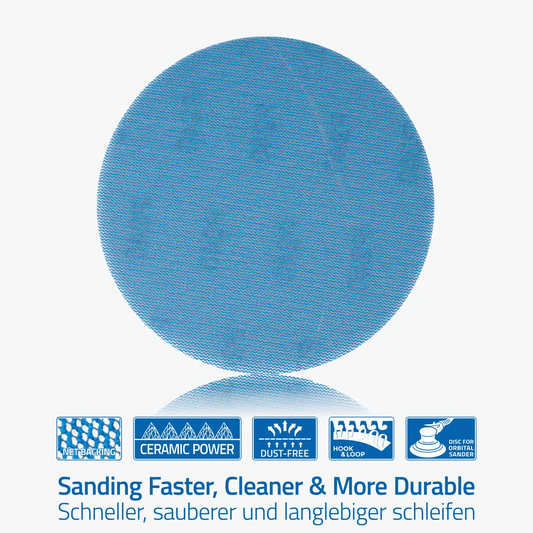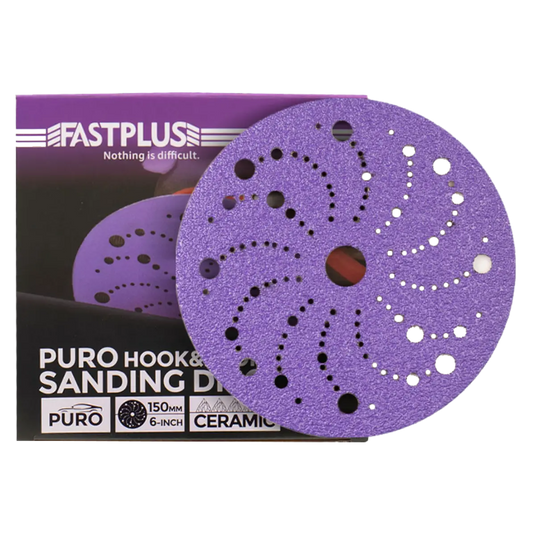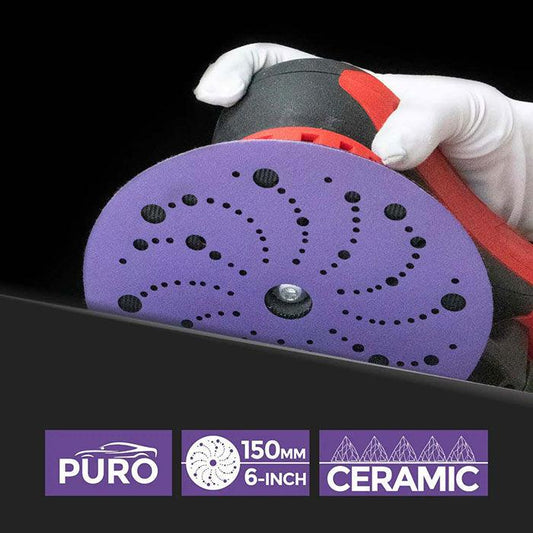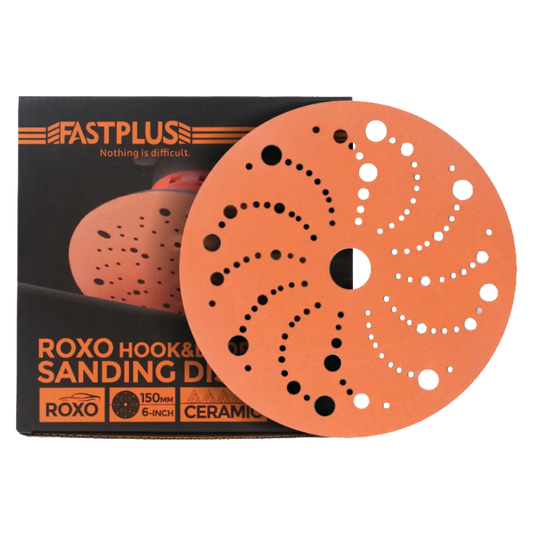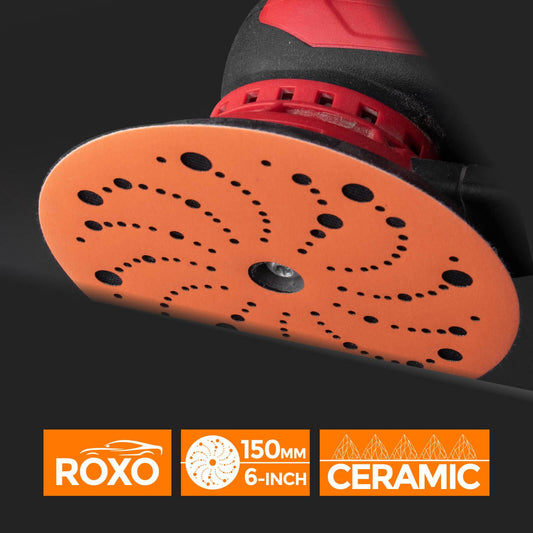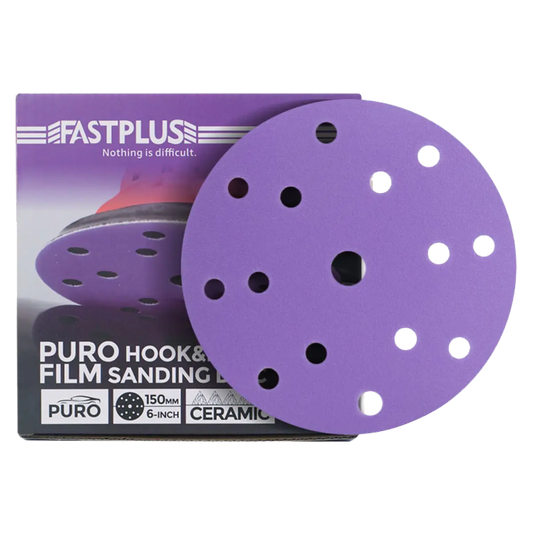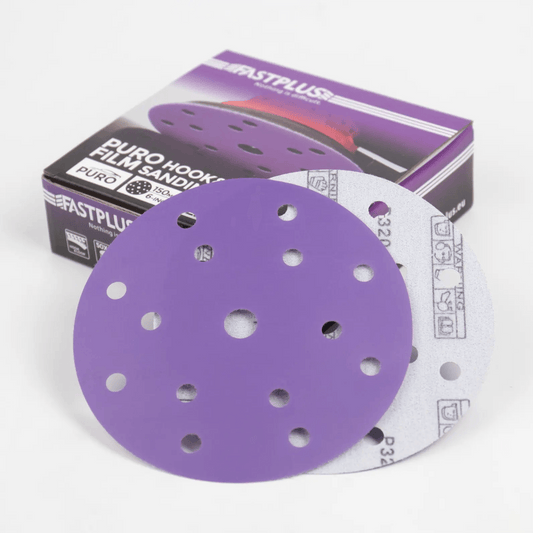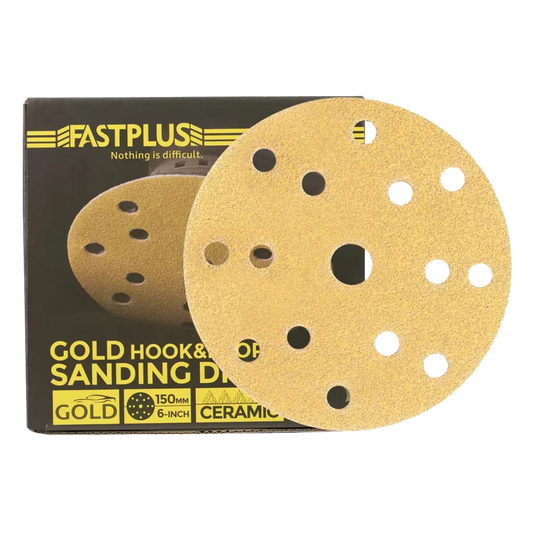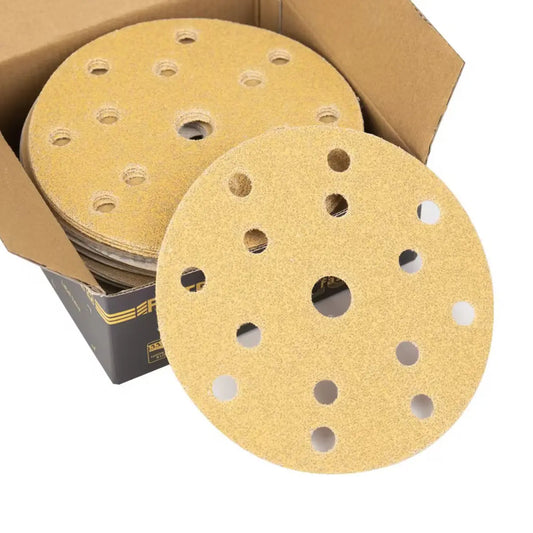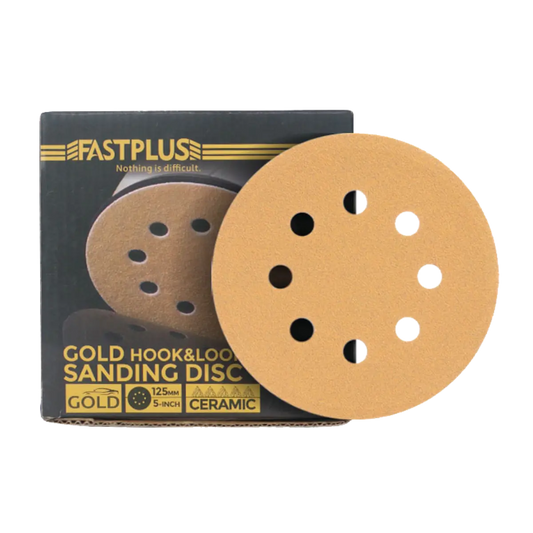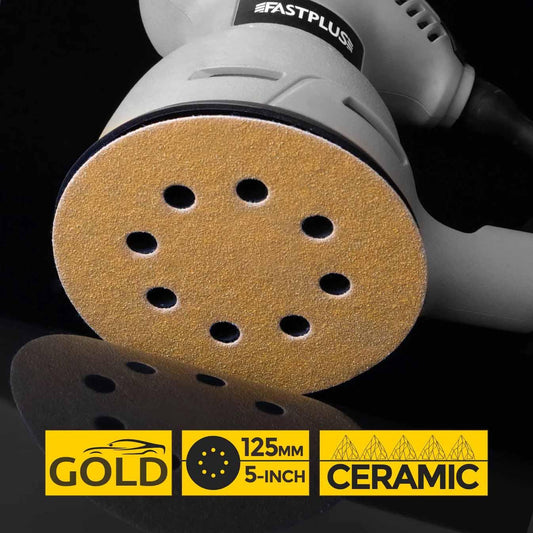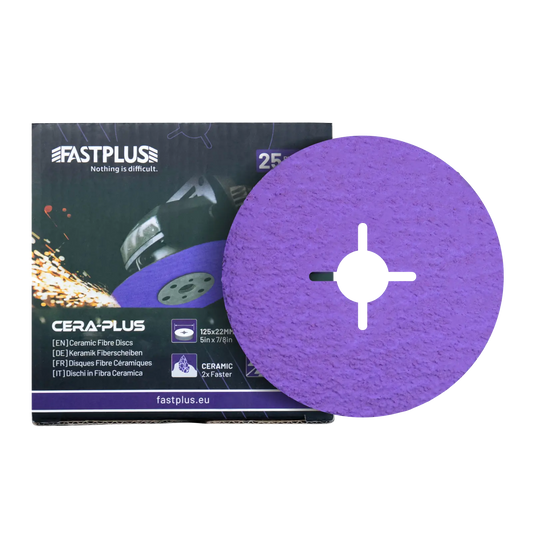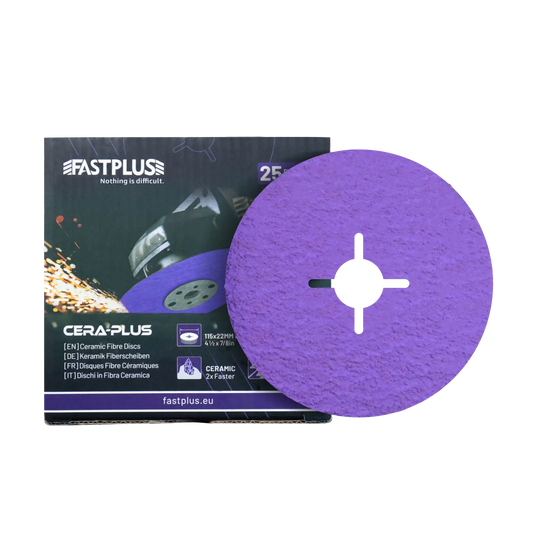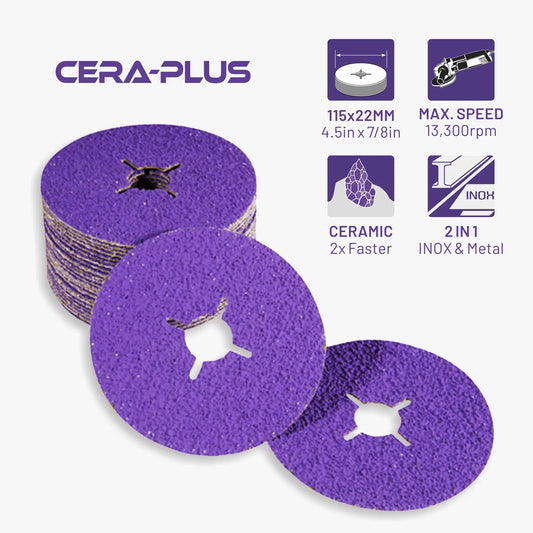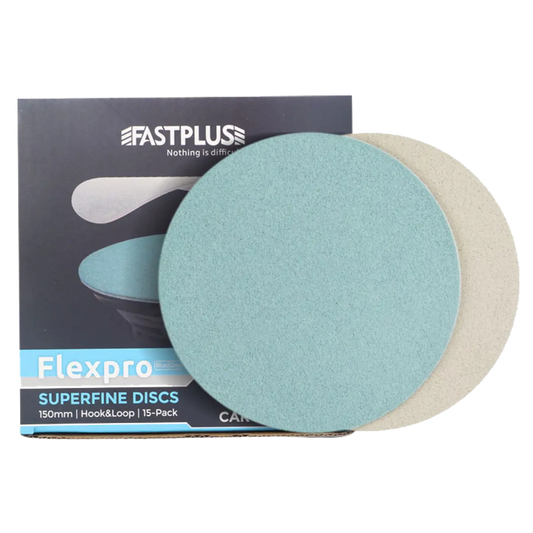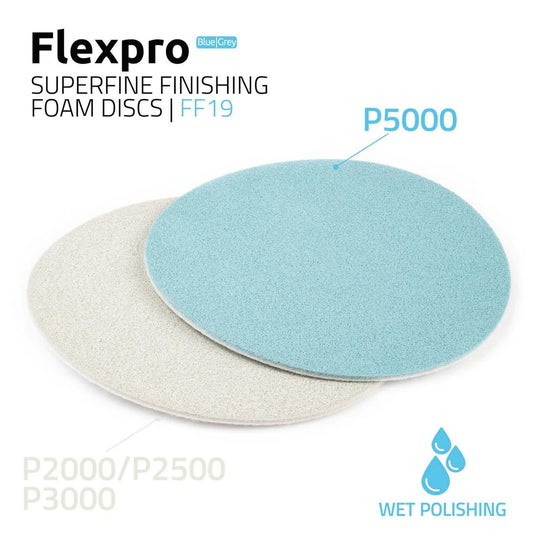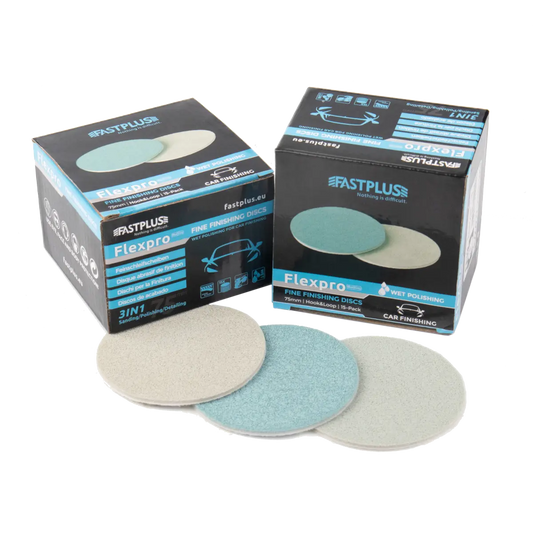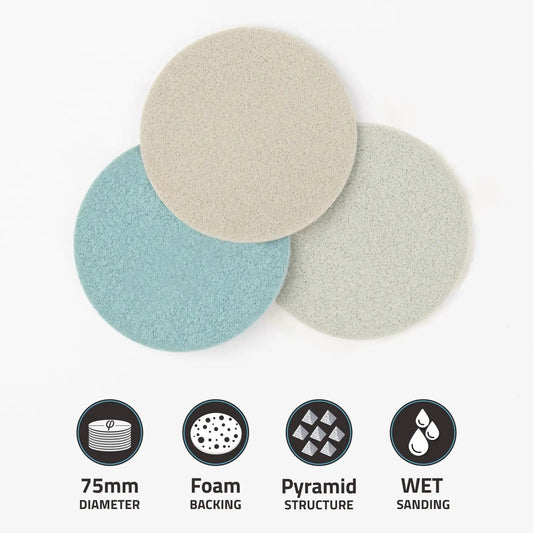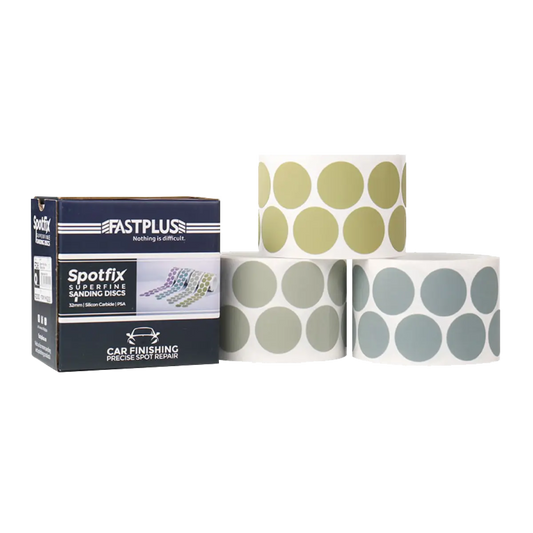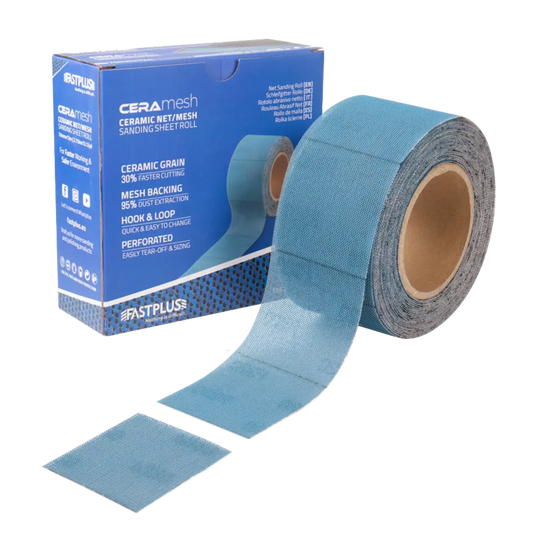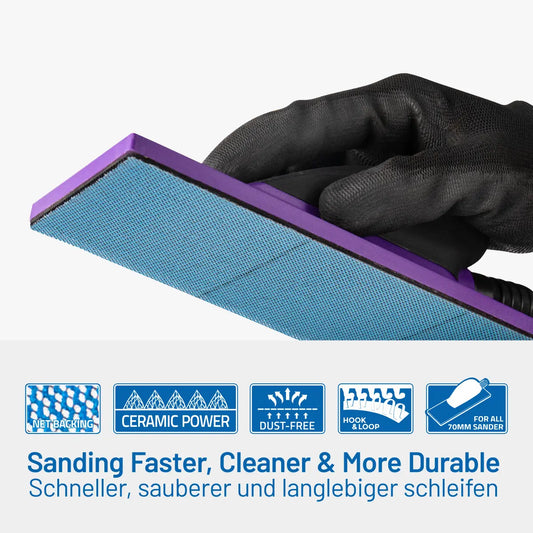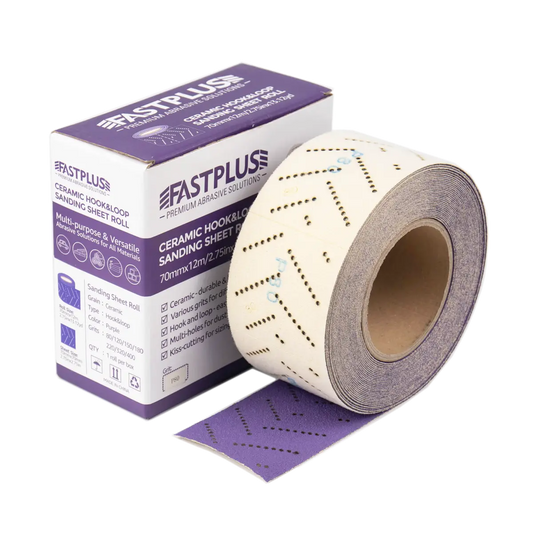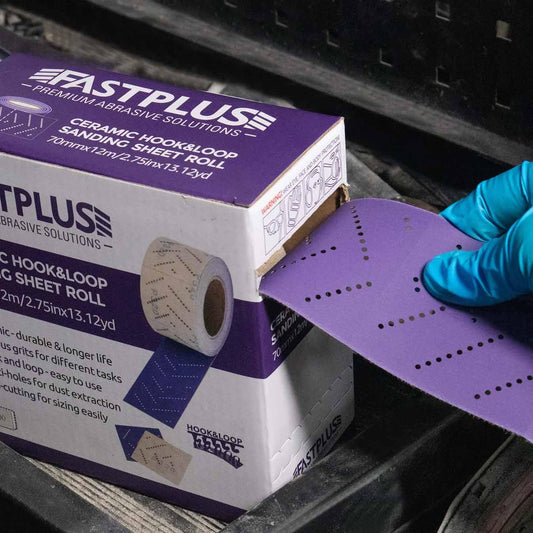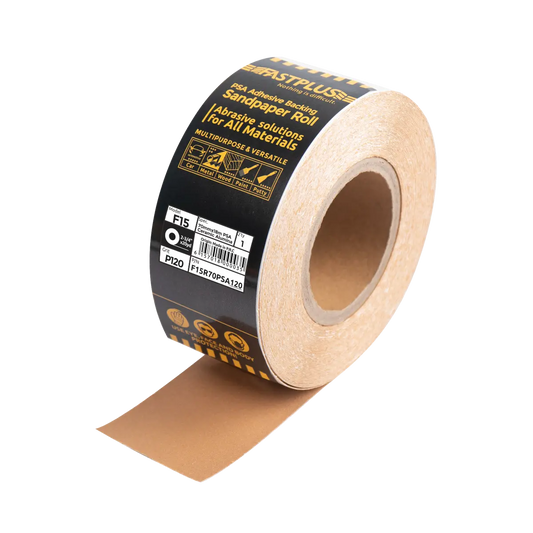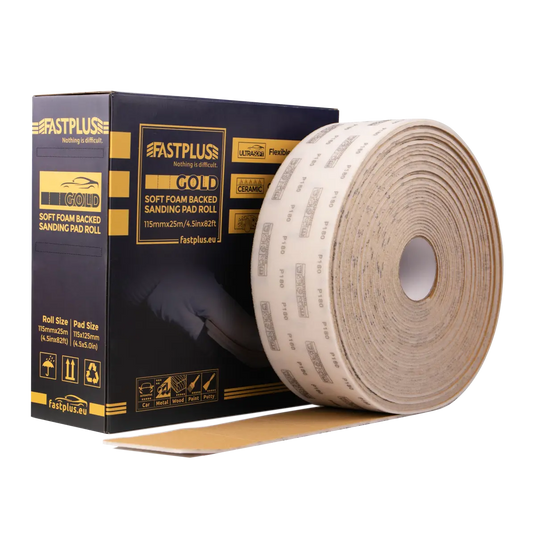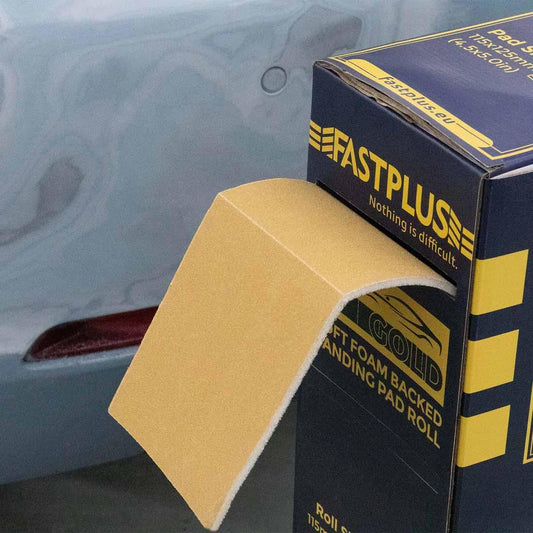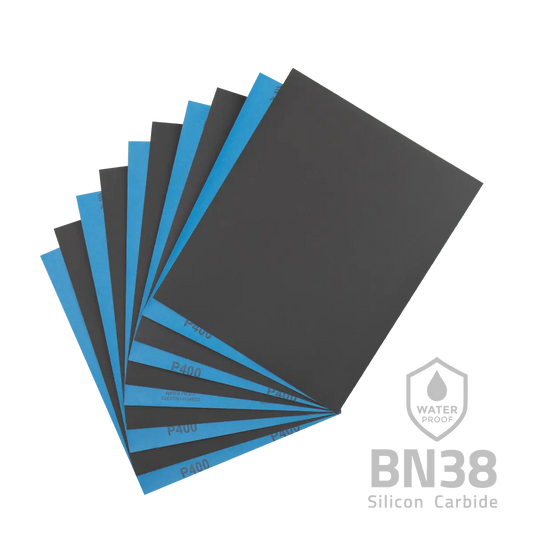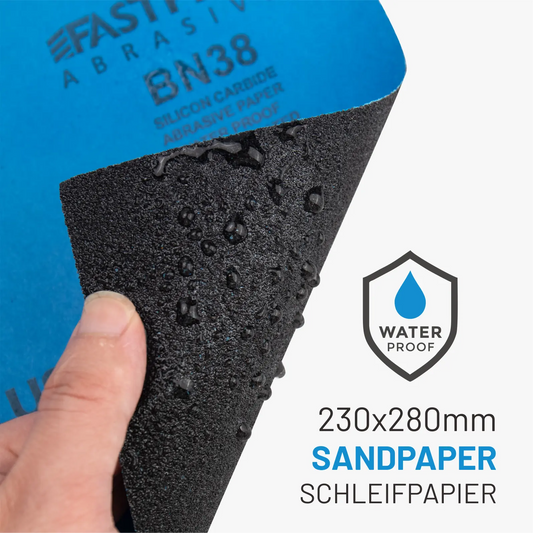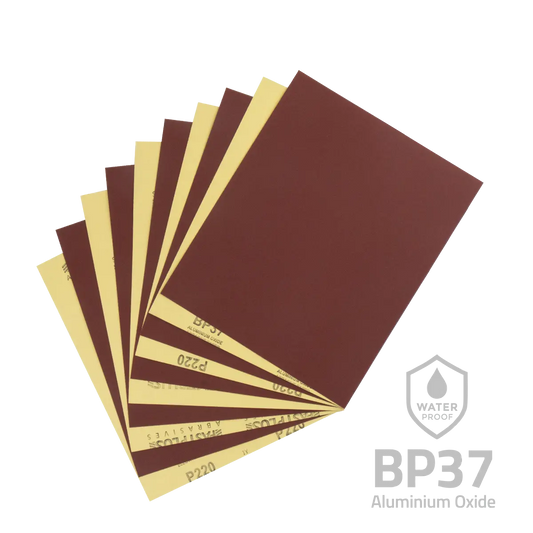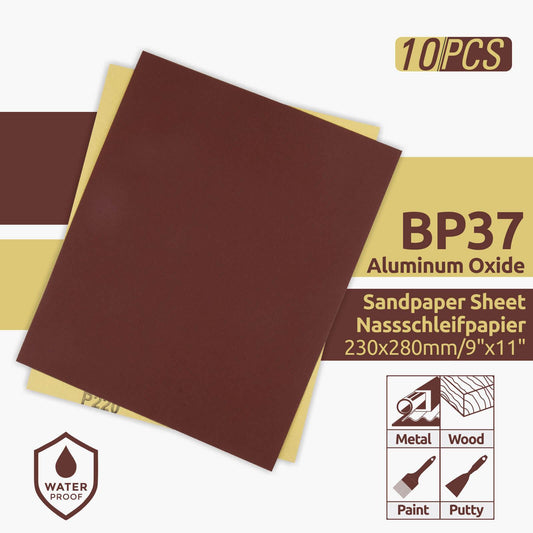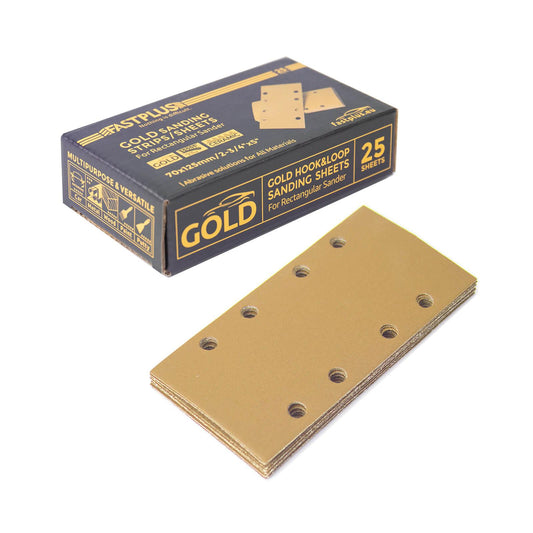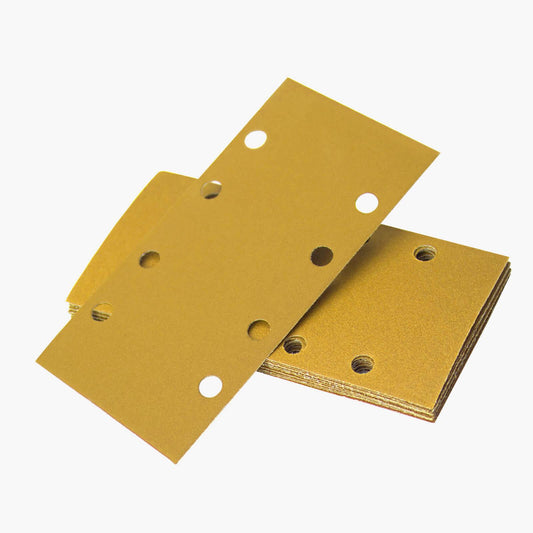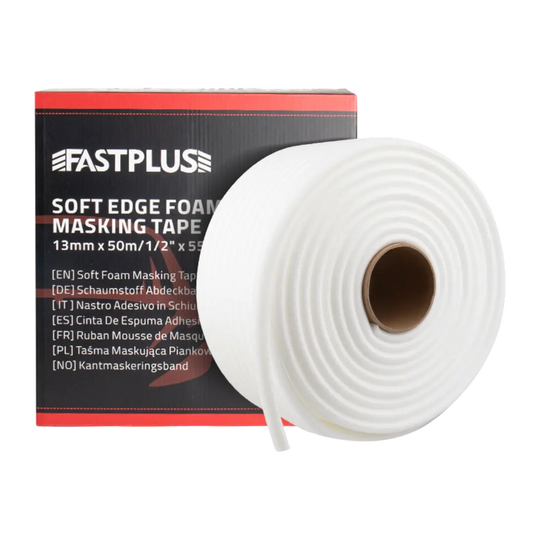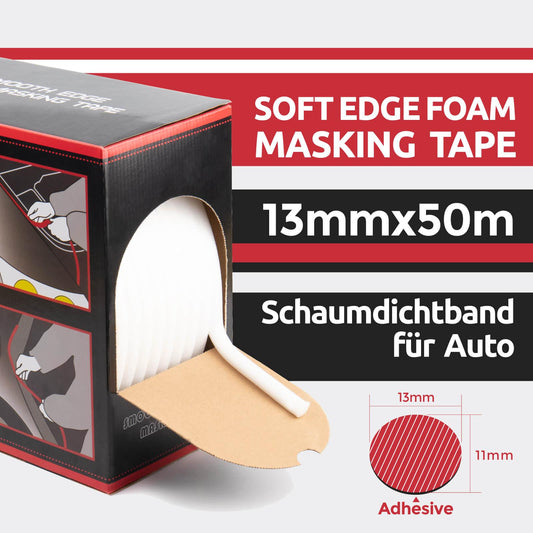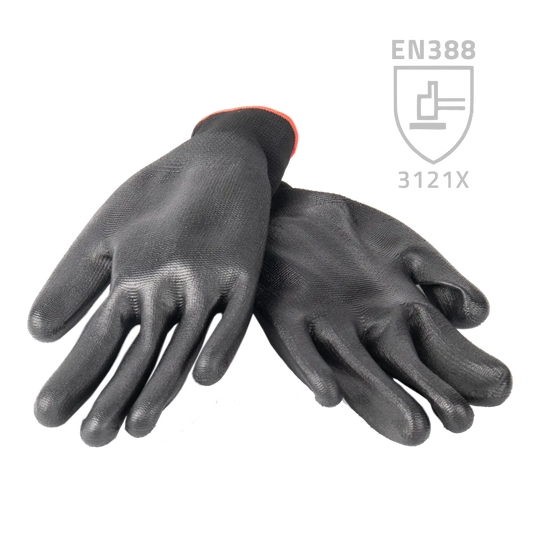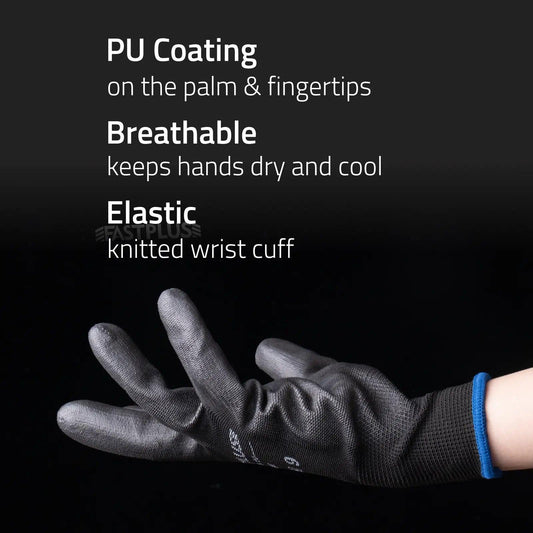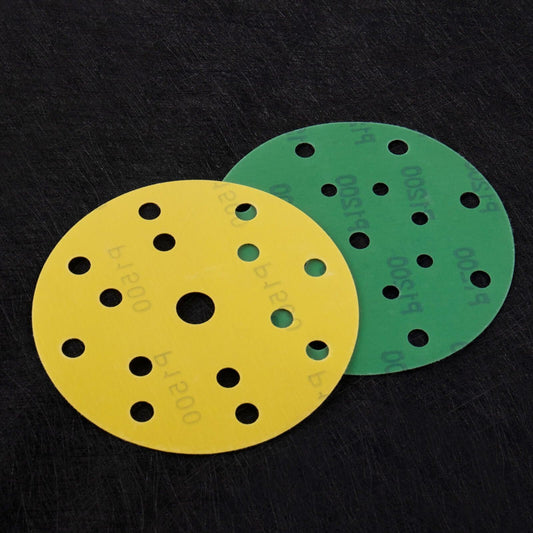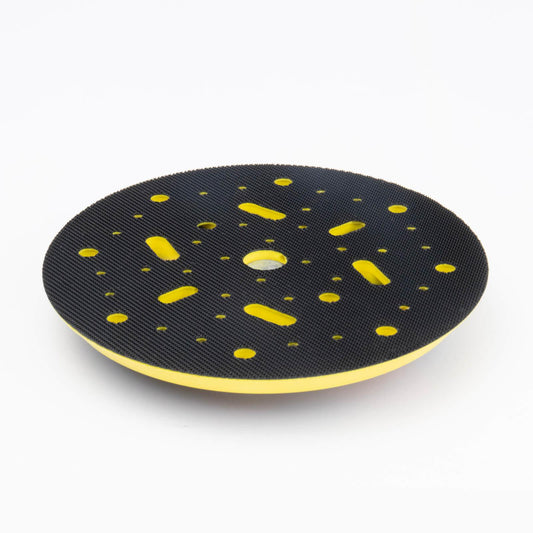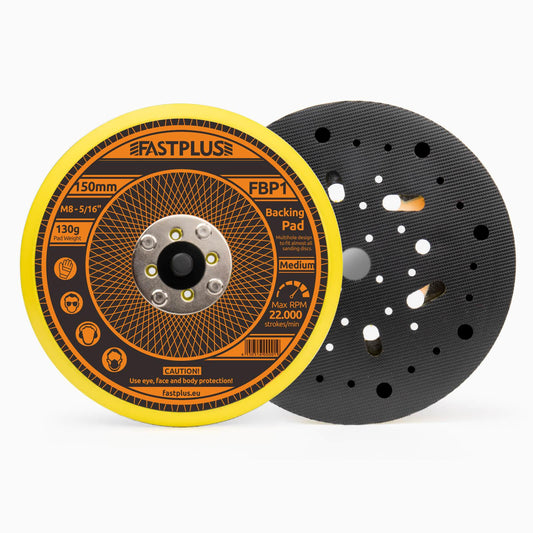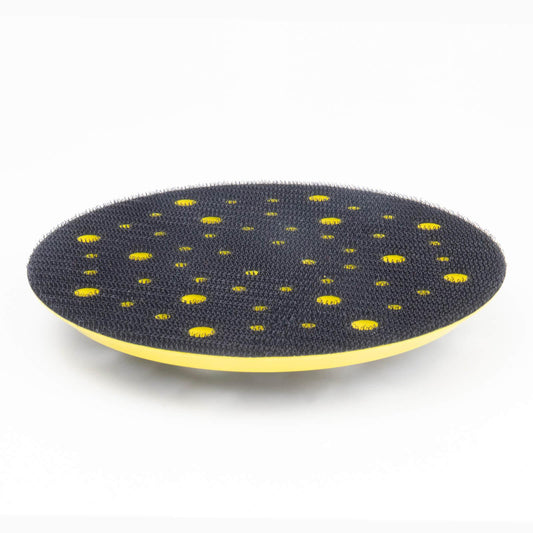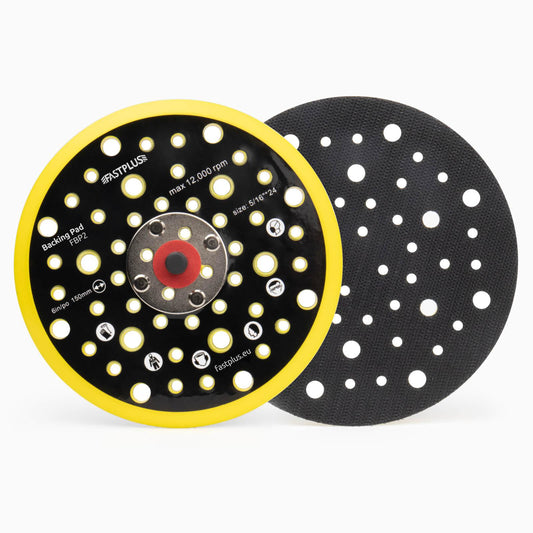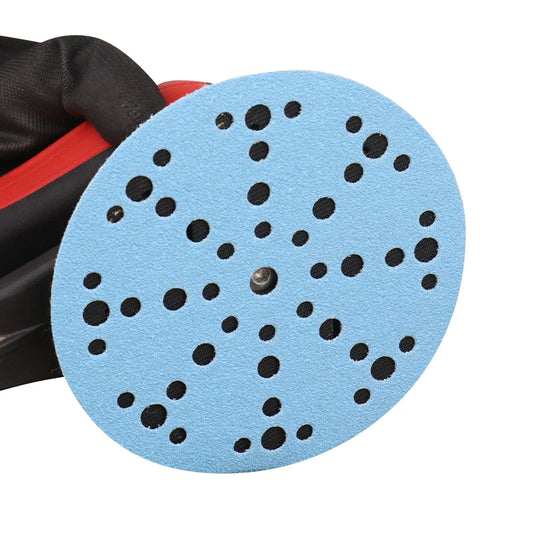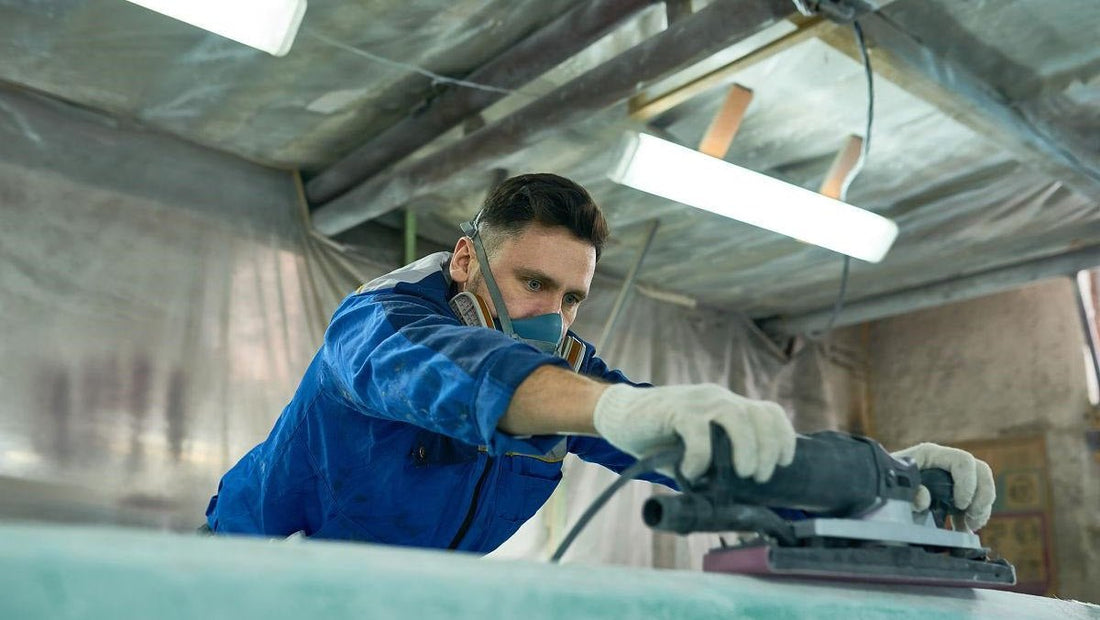
How to Polish a Jet Ski Properly?
Jet Skis, or personal watercraft (PWC), are exposed to harsh marine environments, including saltwater, UV rays, and various pollutants. These elements can take a toll on the Jet Ski's surface and internal components, leading to wear and tear over time. Regular maintenance and detailing help mitigate these effects, ensuring that your Jet Ski remains in top-notch condition. This guide will walk you through the steps of polishing and detailing, ensuring your Jet Ski remains in top-notch condition, looking great, and performing optimally. Whether for personal pride or resale value, a well-maintained Jet Ski is always a rewarding investment.
Understanding Jet Ski Paint and Damage
Jet skis are subjected to harsh conditions, including constant exposure to water, sunlight, and physical impacts, which can take a toll on their paint and overall appearance. Understanding the types of paint used on jet skis and the common causes of damage can help in maintaining and restoring their finish effectively.
Types of Paint Used on Jet Skis
Jet skis typically use two main types of paint: gelcoat and acrylic lacquer.
Gelcoat: Gelcoat is a resin-based paint used as the outermost layer on fiberglass jet skis. It provides a durable, glossy finish that protects the underlying fiberglass from water and UV damage. Gelcoat is known for its resistance to the elements and is relatively thick, allowing it to withstand minor scratches and abrasions. However, it can become dull and oxidized over time if not properly maintained.
Acrylic Lacquer: Acrylic lacquer is another type of paint used on some jet skis. It offers a smooth, high-gloss finish but is generally thinner and less durable than gelcoat. Acrylic lacquer can be more susceptible to scratches and requires regular maintenance to keep it looking its best. It is often used for detailing and touch-ups rather than as the primary protective layer.
Common Causes of Jet Ski Paint Damage
Jet ski paint can suffer from various types of damage due to environmental and physical factors:
Sunlight: Prolonged exposure to sunlight, especially UV rays, can cause the paint to fade, discolor, and degrade over time. UV radiation breaks down the chemical bonds in the paint, leading to a dull and chalky appearance, known as oxidation.
Saltwater: Saltwater is highly corrosive and can accelerate the deterioration of the paint. It can cause the paint to blister, peel, or develop white, crusty deposits. Saltwater exposure also increases the risk of rust and corrosion on metal components.
Scratches: Physical impacts from debris, rocks, or other objects can scratch the paint surface. These scratches can range from superficial to deep gouges, depending on the force and sharpness of the object. Frequent beaching and docking can also cause abrasions along the hull.
Oxidation: Oxidation occurs when the paint surface reacts with oxygen, resulting in a dull, chalky appearance. This is particularly common with gelcoat finishes. Oxidation not only affects the aesthetic appeal but also weakens the protective layer, making the surface more susceptible to further damage.
Surface Scratches vs. Deeper Gouges
It is essential to distinguish between surface scratches and deeper gouges to determine the appropriate repair method.
Surface scratches are minor abrasions that only affect the paint's top layer. They are usually the result of light impacts, such as brushing against a dock or minor debris. Surface scratches can typically be polished out or significantly reduced through wet sanding and polishing.
Deeper gouges, on the other hand, penetrate through the paint layer and may extend to the underlying fiberglass. These are often caused by more significant impacts or sharp objects. Repairing deeper gouges usually involves filling the damaged area with resin or filler before sanding and repainting to restore a smooth, even finish.
Wet Sanding a Jet Ski

Wet sanding is a process used to restore and rejuvenate the surface of a jet ski's gelcoat, particularly when it has become heavily oxidized or scratched. The technique involves using sandpaper in conjunction with water to smooth out imperfections, preparing the surface for polishing and waxing. Wet sanding can effectively remove minor scratches, surface imperfections, and oxidation, resulting in a smoother, more polished finish.
Choosing Sandpaper
Selecting the right sandpaper is crucial for effective wet sanding. Here are some tips:
High-Quality, Waterproof Sandpaper: Use sandpaper specifically designed for wet sanding, which is resistant to water and less likely to disintegrate during use.
Starting Grit: For severe scratches and heavy oxidation, start with a coarser grit, such as 1000 or 1500. This grit level is abrasive enough to remove significant imperfections.
Finer Grits for Polishing: Progress to finer grits like 2000 or 3000 for smoothing the surface. Finer grits help eliminate the scratches left by coarser sandpaper, creating a smooth, polished finish.
The Wet Sanding Technique:
Now comes the wet sanding itself. Fill a spray bottle with clean water and keep it handy. Wet a small section of the jet ski's gelcoat and the corresponding wet sandpaper sheet.
Using a back-and-forth motion, gently sand the moistened area. It's critical to maintain constant lubrication by frequently spraying the surface and sandpaper with water.
Sand in a smooth, even pattern, applying light to moderate pressure.
Avoid sanding in circles, as this can create swirl marks that will be difficult to remove later.
Washing and Drying:
After completing the wet sanding process, thoroughly wash the entire jet ski again to remove any sanding residue.
Use a marine soap to remove any sanding debris or contaminants that may have settled on the surface.
Rinse the jet ski completely with clean water and dry it meticulously with a clean, lint-free microfiber towel.
Any leftover moisture can hinder the polishing process, so ensure the surface is completely dry before proceeding.
Now that you have a smooth, prepped surface, you're ready to move on to the polishing stage to restore shine and luster to your jet ski's gelcoat.
The Polishing Process

Selecting the Perfect Polish: After the wet sanding prep work, choosing the right polish becomes crucial. The severity of the scratches created by wet sanding will determine the polish you need. For deeper scratches remaining after using the rougher grit sandpaper, a cutting compound is your best bet. Cutting compounds are formulated with mild abrasives that further remove imperfections and refine the surface.
Applying Polish by Hand: For those who prefer a hands-on approach, applying polish by hand is a viable option. Start by placing a small amount of polish onto a clean microfiber applicator pad. Using light, even pressure, spread the polish in a circular motion over a manageable section of the jet ski. Work the polish into the surface, ensuring even coverage. It's recommended to break down the jet ski into manageable sections, like the hood, fenders, or sides, to ensure thorough application and avoid missing any areas.
Buffing to a Shine: Once you've applied the polish to a section, it's time for the buffing stage. Using a clean, dry microfiber towel, buff off the polish residue with a light, firm pressure. Buff in a circular motion, checking the surface for a smooth, glossy finish. Continue buffing until all polish residue is removed and the surface reveals a clear, high-gloss shine.
Applying Protective Wax
Now it's time to apply marine wax. Generally, you'll want to work in manageable sections, similar to the polishing process.
Apply a thin, even coat of wax using a clean microfiber applicator pad. Spread the wax in a circular motion, ensuring even coverage across the section.
Allow the wax to haze slightly, following the recommended cure time as specified in the product instructions.
Once the haze forms, buff the section with a clean, dry microfiber towel using light to moderate pressure and a circular motion.
Buff the surface until the wax residue disappears, revealing a clear, deep shine.
Repeat this process for each section of the jet ski until the entire surface is coated and buffed to a dazzling finish.
Conclusion
In conclusion, properly maintaining and detailing your Jet Ski is essential for preserving its appearance and performance against the harsh marine elements it faces. Understanding the types of paint used and the common causes of damage provides a foundation for effective care. From wet sanding to polishing and applying protective wax, each step contributes to restoring and maintaining the Jet Ski's glossy finish. Whether for personal satisfaction or to enhance resale value, investing in regular maintenance ensures your Jet Ski remains a source of pride and joy on the water.
